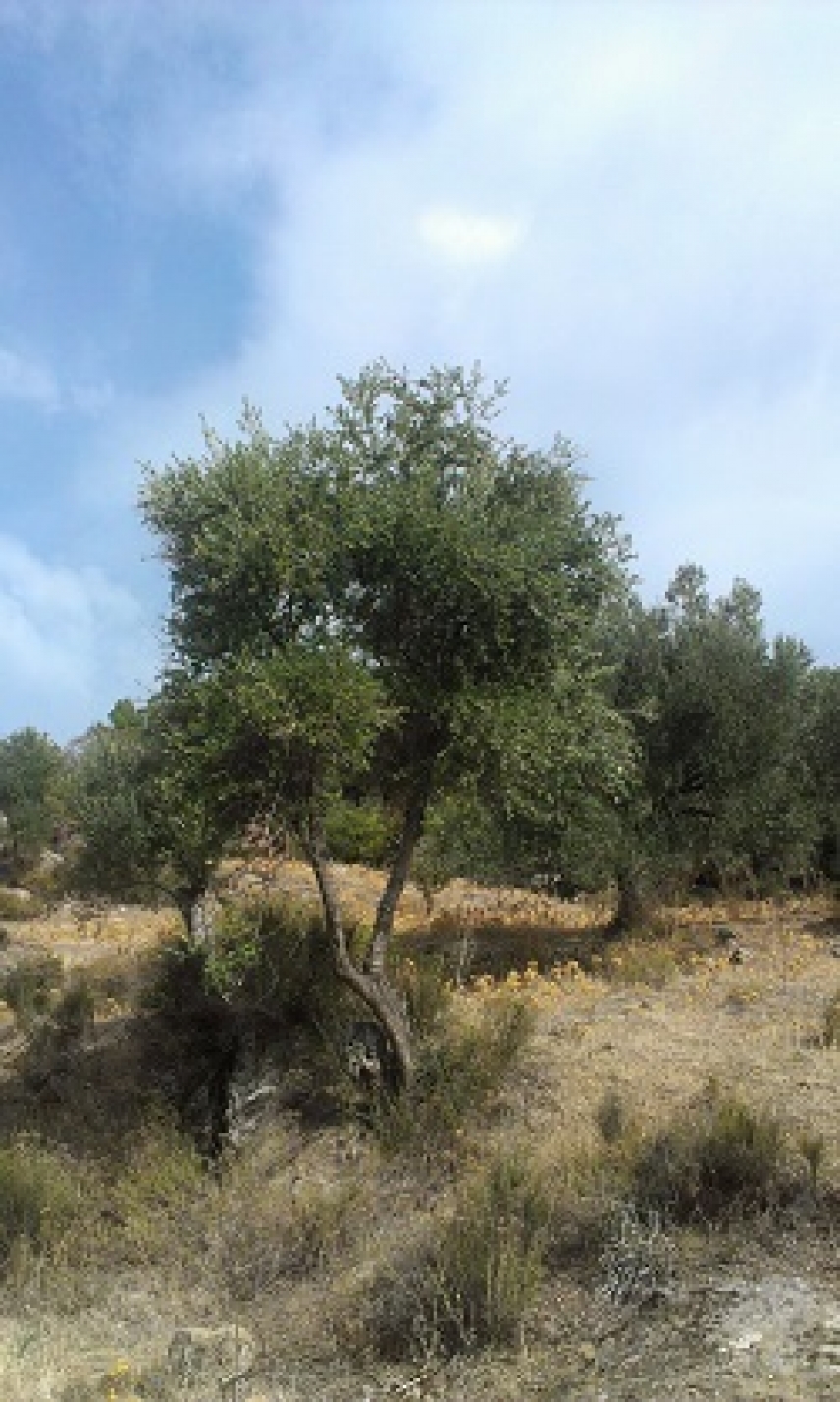 All this clearly suggests that the olive has long been a staple crop for mankind. In all likelihood, this tree – which can live for thousands of years – was one of the first to be domesticated during the Neolithic revolution; this was when the domestic olive became clearly differentiated from the wild olive, also known as the oleaster. Three years ago, it was announced that the olive genome had been sequenced using a 1200-year-old tree belonging to Emilio Botín. For all its unusual background, this work will be of immense biotechnological value for the development of varieties resistant to a range of climates and diseases.
All this clearly suggests that the olive has long been a staple crop for mankind. In all likelihood, this tree – which can live for thousands of years – was one of the first to be domesticated during the Neolithic revolution; this was when the domestic olive became clearly differentiated from the wild olive, also known as the oleaster. Three years ago, it was announced that the olive genome had been sequenced using a 1200-year-old tree belonging to Emilio Botín. For all its unusual background, this work will be of immense biotechnological value for the development of varieties resistant to a range of climates and diseases.
This week, the leading science journal “Proceedings of the National Academy of Sciences” (PNAS), published by the US National Academy of Sciences, revealed the complete genome of the wild subspecies, sequenced by an international research team led by Turkish scientist Turgay Unver of the “International Olive (Olea europaea) Genome Consortium” (IOGC); Spanish members of team include Gabriel Dorado Pérez, Professor of Biochemistry and Molecular Biology at the University of Córdoba – a member of the management committee – and his fellow-researcher Pilar Hernández of the Sustainable Agriculture Institute, run by the Spanish Higher Council on Scientific Research. Their study – like research into other genomes – furnishes an essential database for future biotechnological progress, and at the same time has provided a genetic explanation for one of the major distinctive features of wild and domestic olives.
What Gabriel Dorado and his colleagues have found is the genetic basis for the high concentrations of oleic acid in olive fruits compared to other plant species. According to the authors of the study published in the PNAS, these concentrations are due to the duplication of genes coding for the enzymes involved in the oleic acid biosynthesis mechanism, and to the repression and induction of certain genes. The two duplication events identified occurred no less than 28 and 59 million years ago. Those 19th-century archaeologists would surely have been astounded by this piece of molecular dating.
Apart from explaining in detail how these molecular events contributed to higher oleic acid levels in olive oil, and thus to increased oil yield compared to other vegetable oils, researchers identified a total of 50,684 genes. This complex and meticulous study will provide information essential for plant breeding purposes, enabling the development of varieties with higher oil yields under a range of environmental conditions.
“Genome of wild olive and the evolution of oil biosynthesis”, by Turgay Unver et al.
PNAS, October, 2017


